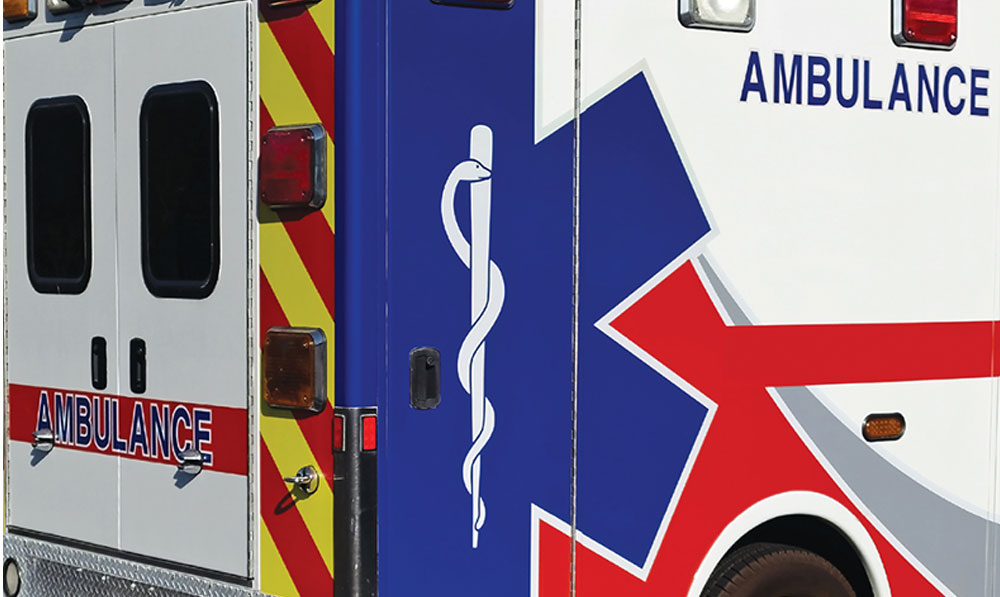Preface
This is the first edition of CSA D500, Ergonomic design for ambulances and related equipment.
This Standard sets out requirements and provides guidance for the design, layout, and procurement of ambulances and related equipment with a focus on the application of ergonomics. In addition, this Standard provides infection prevention and control guidelines for consideration in the design of ambulances and equipment.
The objective of this Standard is to provide minimum design requirements and guidance to ensure the correct application of ergonomic principles to ambulance design. Applying ergonomic principles to ambulance design serves to enhance user health, safety, and well-being, and to optimize system performance in order to prevent occupational injuries and illnesses and maximize the ability to provide safe and effective patient care.
This Standard has been developed in compliance with Standards Council of Canada requirements for National Standards of Canada. It has been published as a National Standard of Canada by CSA Group.
Scope
1.1 General
This Standard specifies requirements to facilitate the application of ergonomics into ambulance design and describes a user-centred design (UCD) process for establishing additional ergonomic requirements, as necessary. The objective of applying ergonomics is to optimize overall system performance by ensuring human performance and safety requirements are balanced with engineering and design requirements.
Note: It is the user’s responsibility to determine how applicable legislative requirements relate to this Standard.
1.2 Applicability
This Standard is intended for those who are involved in design, procurement, use, and maintenance of ambulances and related paramedic equipment, including, but not limited to,
a) ambulance manufacturers and distributors;
b) equipment manufacturers and distributors;
c) ambulance procurement administrators;
d) emergency medical service (EMS) managers;
e) paramedics;
f) paramedic organizations;
g) fleet managers;
h) government and regulatory authorities; and
i) the scientific community.
1.3 Inclusions
This Standard provides the following requirements for ambulances:
a) design requirements and recommendations that meet the principles of ergonomics for users and designers when considering design and/or the integration of equipment into the ambulance; and
Notes:
1) This includes the driver cabin and rear compartment of the ambulance.
2) Environmental conditions such as lighting and vibration will be considered when they pertain to the overarching scope of the Standard.
b) guidance on infection prevention and control in ambulance design and related paramedic equipment.
1.4 Exclusions
The Standard does not include the following:
a) specific requirements for the types and quantity of supplies and equipment to be contained in the ambulance;
b) requirements for chassis design;
c) single responder vehicles (SUVs or sedans);
d) interfacility/dual-stretcher assemblies;
e) specialty ambulances (e.g., tactical, CBRN, bariatric, etc.);
f) decommissioned ambulances; and
g) ambulances other than land ambulances (e.g., all-terrain vehicles).
1.5 Terminology
In this Standard, shall is used to express a requirement, i.e., a provision that the user is obliged to satisfy in order to comply with the Standard; should is used to express a recommendation or that which is advised but not required; and may is used to express an option or that which is permissible within the limits of the Standard.
Notes accompanying clauses do not include requirements or alternative requirements; the purpose of a note accompanying a clause is to separate from the text explanatory or informative material.
Notes to tables and figures are considered part of the table or figure and may be written as requirements.
Annexes are designated normative (mandatory) or informative (non-mandatory) to define their application.
1.6 Units of measurement
The values given in SI units are the units of record for the purposes of this Standard. Where values are given in parentheses, they are for information and comparison only.



